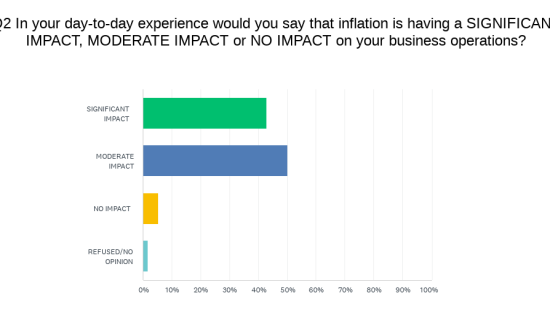(The Center Square) — A redundant permitting process, delays, and problems with getting plugged into the grid means headaches are routine for new power projects. For one renewable hydroelectric plant, the process has driven up the cost of the project by 30% — if not more.
A plan to build seven turbine-generators at the Braddock Locks and Dam outside Pittsburgh to produce 5.25 megawatts of electricity, as The Center Square previously reported, has had years of delays. State officials have noted that the delays have run up the cost of the project “substantially.”
However, the final cost of those delays and permitting issues is not yet known by Hydro Green Energy, the company behind the project and a number of other dam projects in the commonwealth. The delays in the process, and final approval, are too unpredictable.
While the permitting process can be duplicative at the federal level — in this instance, with the Army Corps of Engineers and the Federal Energy Regulatory Commission — permits aren’t the only hurdle.
“The two big issues in the renewable world in the U.S. — one is transmission. Big projects need to get their resources are in places that are not population centers, you gotta move the electrons you generate from generation point to the consumption point, to the cities,” Krouse said. “Getting new transmission is very difficult.”
Building transmission lines in America has been compared to herding cats: regulators, utility companies, property owners, and others get involved in the process, which can drag on for years. The longer the process lasts, the more uncertain the profitability of a project can become.
“The other issue is getting interconnected, and when you have big, big interconnection areas like PJM, you can have tens of thousands, close to hundreds of thousands of projects that represent a huge amount of hypothetical capacity — but how much of it is real is a question,” Krouse said.
PJM is the regional transmission organization that serves a dozen states, including Pennsylvania, that coordinates the electricity wholesale market. Electricity projects need to get plugged into PJM’s grid to transmit the power they generate.
Until a project gets interconnected, the project’s cost is still an open question.
The years-long delays are a problem that PJM itself recognizes. At the end of 2022, FERC approved PJM’s reform plan to speed up interconnection approvals and clear out its request backlog. The new process would move quicker to approve projects that are “ready to go” instead of its old process of “first-come, first-served” when processing applications.
If successful, the changes could shave years off project timelines, but that kind of success remains to be seen.
The complexity of power generation projects, too, can mean a speedrun isn’t possible. The studies required by state and federal law to assess the impact of projects on people, nature, and economy serve a purpose.
“I don’t see how you interconnect to a large, interconnected system — serving tens if not 100 million people, across a very, very large geographic area — and do it in a way to make sure you’re gonna keep reliability and safety where it is, without doing these kinds of studies and taking the time to do it right,” Krouse said.
Other problems that could kill a project are out of the hands of power companies and federal regulators. Instead, the problem is local.
“It’s very hard to get it done because you get a lot of lawsuits, a lot of ‘not in my backyard,’ a lot of neighbors and residents nearby saying ‘don’t build that near me,’” Krouse said. “For some developers, it can take so long, they just quit.”






